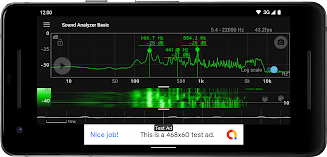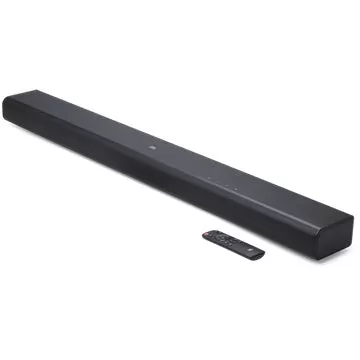Sound Analyzer Basic is a mobile application designed for real-time analysis of audio signals. It provides a comprehensive view of audio data by displaying frequency (Hz) and amplitude (dB) spectra, spectral changes over time (waterfall view), and sound waveforms simultaneously. The app boasts high frequency measurement accuracy, with an error typically within 0.1Hz in low-noise environments.
Key features include:
- Peak frequency display: Identifies and displays the dominant frequency in the audio signal.
- Touch-based display range control: Allows users to easily adjust the displayed frequency range for focused analysis.
- Switchable frequency axis scale: Offers both logarithmic and linear scales for the frequency axis, providing flexibility in data interpretation.
- Waterfall view: Visualizes spectral changes over time, revealing the evolution of the audio signal.
- Waveform view: Displays the sound waveform, providing a complementary representation of the audio signal.
- Screenshot function: Enables users to capture and save images of the displayed data for later reference.
The app supports a high frequency range setting up to 96kHz. However, frequencies above 22.05kHz may be filtered out by some devices, leading to weak noise in that range. Certain frequencies, such as 48kHz and 96kHz, might experience increased noise due to filter processing in specific device models.
Here are six advantages of using the Sound Analyzer Basic app:
- Real-time frequency and amplitude display: Provides immediate analysis of audio signals by displaying frequency and amplitude spectra in real time.
- Spectral changes over time: Allows users to monitor the evolution of the audio signal by displaying changes in spectra over time.
- Waveform visualization: Offers a comprehensive view of the audio signal by displaying sound waveforms alongside spectral analysis.
- High measurement accuracy: Delivers highly accurate frequency measurements, typically within -1Hz in low-noise environments.
- Customizable display range: Provides flexibility in visualizing specific frequency ranges of interest through touch-based control of the display range.
- Optional frequency axis scale: Offers both logarithmic and linear scales for the frequency axis, enabling different perspectives on the spectral data.

























